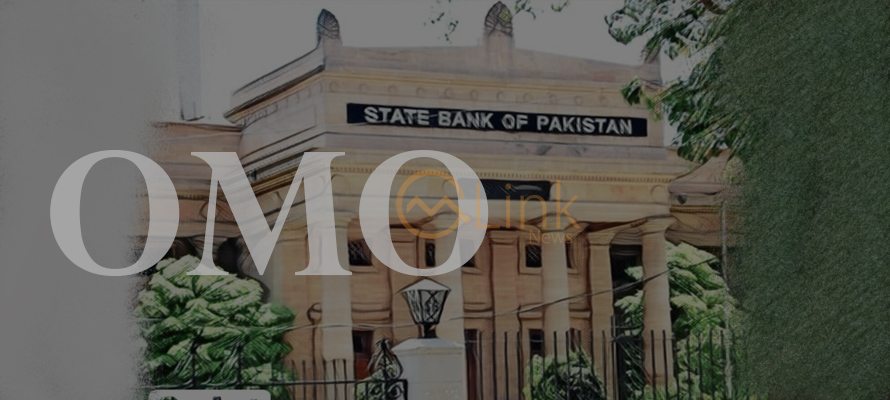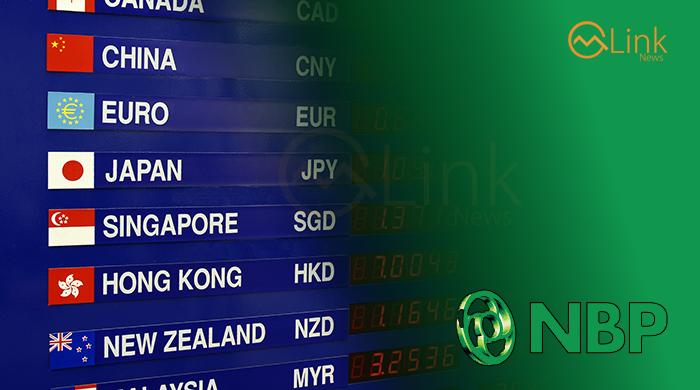June 09, 2023 (MLN): The beginning of FY2023 was marked by doubts about the global and domestic uncertainties, surrounding the economic prospects.
Pakistan’s external environment faced many headwinds on account of rising government borrowing costs and capital outflows which exacerbated fiscal and BoP pressures as in many developing countries, according to the Pakistan Economic Survey.
The situation was further aggravated by the emergence of a catastrophic flood, which altered the economic outlook.
To control persistent inflationary pressures, and to contain domestic demand and external sector imbalances, SBP continued with monetary tightening, which provide desired dividends.
Accordingly, the external sector remained resilient which provide given some cushion to FX Reserves.
Contained domestic economic activities discouraged private sector credit demand during July-March FY2023 and the major drag came from lower working capital loans.
Besides, fixed investment loans also declined during the period.
On the other hand, weak growth prospects, high debt servicing costs contained economic activities, and lower demand also impacted resource mobilization.
Thus, FY2023 is moving with challenges, seeking a balanced policy mix for stabilization.
Over the next FY, it is expected that inflationary pressures will gradually recede and further decrease to a single digit in FY2025.
Accordingly, monetary policy decisions will be determined.
Meanwhile, Credit to private sector grew by 21.1% in FY22, mainly driven by working capital and fixed investment credit demand.
Working capital loans increased due to higher economic activity and cost of production, while fixed investment loans benefited from concessionary financing schemes such as LTFF and TERF.
Textile sector was the major borrower among manufacturing sectors, while other import-dependent sectors also demanded more credit due to rising commodity prices and PKR depreciation.
Machinery import and capacity expansion were the main sources of fixed investment credit growth, especially in textile, cement, telecommunication and power sectors.
In contrast, credit to private sector slowed down to 3.3% in July-March FY23, reflecting the impact of domestic and global challenges.
Economic slowdown, policy uncertainty, high interest rates, weak export demand and financial instability dampened the credit demand. The year-on-year growth of credit to private sector also declined from 20.8% in March 2022 to 8.1% in March 2023.
Over the medium term, sustainable growth requires economic fundamentals-based balanced growth policies.
Sufficient investment is needed to increase production capacity and productivity in the economy to realize the high growth of potential output.
Stabilizing the output gap demands accommodative fiscal and prudent monetary policy to ensure a balanced growth path.
Copyright Mettis Link News
Posted on: 2023-06-09T15:34:55+05:00











